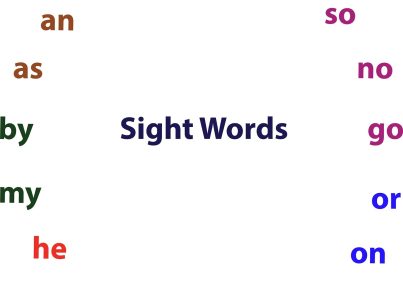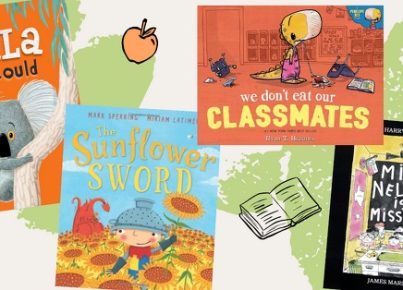Teaching cause and effect is an essential aspect of fostering reading comprehension and improving writing skills. Students need to learn to identify and analyze cause-and-effect relationships in text. Moreover, they must learn how to craft clear, concise, and logical narratives themselves. Here are five enjoyable techniques you can use to teach cause and effect concepts in reading and writing.
1. Use Picture Books
Picture books are a fantastic way to introduce the concept of cause and effect as they tend to feature simple storylines with straightforward relationships between events. Read a picture book aloud and have students identify the causes and effects in the story. You can even create a picture book with an incomplete cause or effect element and ask students to supply the missing information.
2. Tell Chain Stories
Chain stories are a fun way to emphasize causality. Start by having students sit in a circle. The first student will begin by sharing an event or action that serves as the “cause.” The next person adds the “effect,” while the following student creates a new “cause” based on that effect. Continue this pattern around the circle, with each student building on the chain, keeping track of all causes and effects.
3. Play “Cause-and-Effect Detective”
Divide students into small groups or pairs, then provide each group with one or more stories that involve cause-and-effect relationships (these could be short texts, excerpts from books, paragraphs from articles, etc.). Instructions would entail identifying causes/effects in their assigned readings; underline or highlight them accordingly. Then invite groups to share their findings with the class.
4. Have Student Create Comic Strips
Ask students to create their own comic strips, complete with illustrations and speech bubbles that demonstrate cause-and-effect relationships explicitly. Not only will this activity let them exercise their creativity, but it will also help them better understand how specific events or actions result from previous occurrences within a story.
5. Cause-and-Effect Sort Activities
Create a set of cause and effect cards, each containing either a cause or corresponding effect. Students will be responsible for matching the pairs of cards accurately. This engaging exercise reinforces the understanding of cause and effect while allowing students to practice their problem-solving skills.
In conclusion, teaching cause and effect concepts through fun activities will engage your students and make them understand these crucial aspects of reading comprehension and quality writing. Employing these techniques in your lessons will reinforce their grasp of the subject matter and provide them with essential skills they can apply throughout their academic careers.




